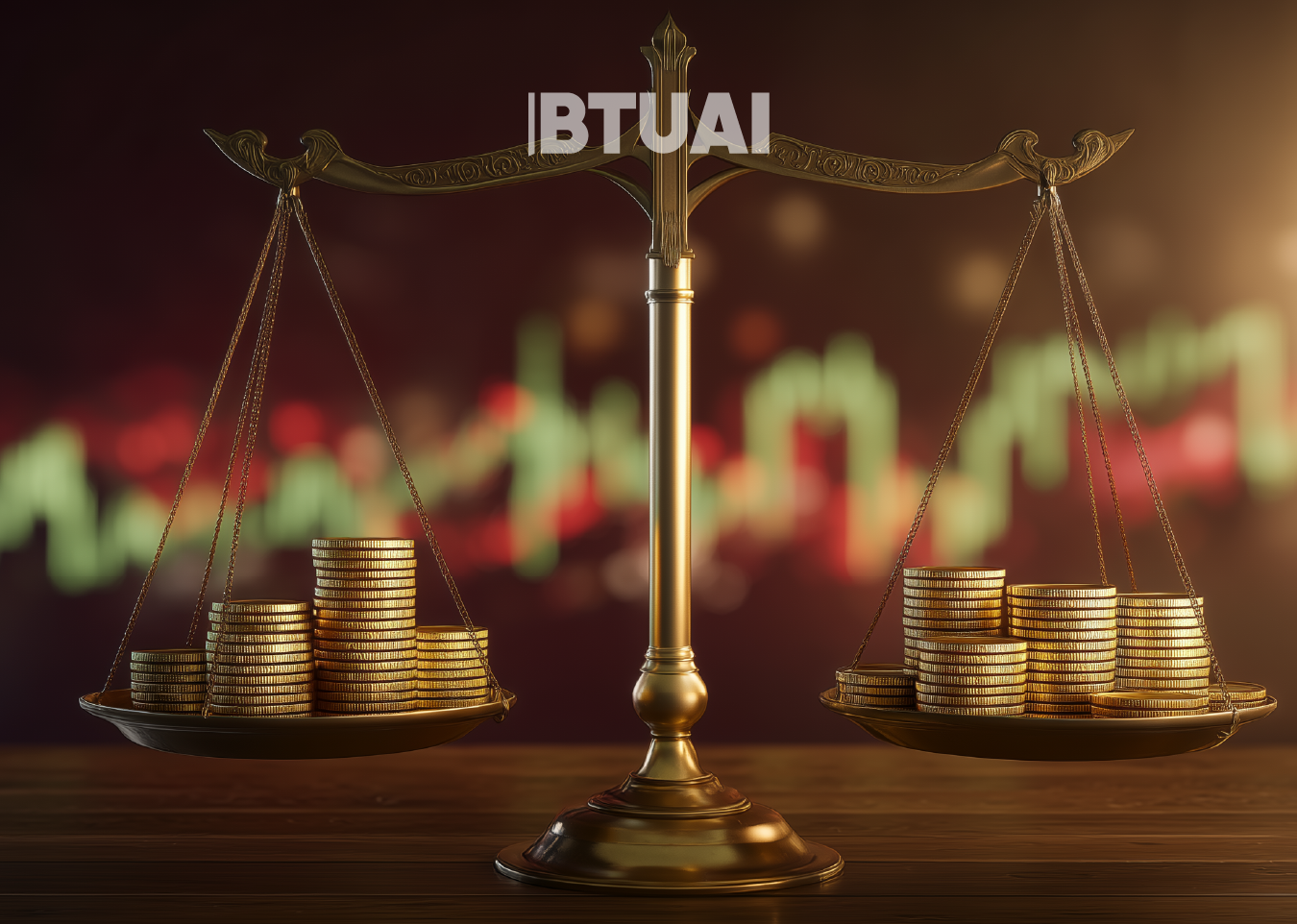Credit Market Snapshot of Georgian Banks as of March 2025: A New Growth Phase and Sectoral Dynamics
The first quarter of 2025 marked another pivotal stage for Georgia’s financial sector, highlighted by a sharp expansion in

The first quarter of 2025 marked another pivotal stage for Georgia’s financial sector, highlighted by a sharp expansion in total credit volume and notable shifts in the structure of bank lending. According to the National Bank of Georgia (NBG), as of the end of March, the total credit portfolio of Georgian banks reached 63 billion GEL, reflecting a 16.6% year-over-year increase. This figure underlines both macroeconomic momentum and heightened demand across consumer, corporate, and SME segments, all of which are contributing to the advancement of Georgia’s financial market.
A structural breakdown of the loan portfolio reveals that consumer loans dominate, totaling 23.7 billion GEL. This is driven by rising personal consumption needs, aspirations for improved living standards, and simplified banking product conditions. Corporate lending followed with 22.5 billion GEL, indicating a steady trajectory of business development and investment. Loans to small businesses stood at 10 billion GEL, while microbusinesses received 8 billion GEL, reflecting a national surge in entrepreneurial activity.
A closer look at corporate lending reveals distinct trends. The leading sector is real estate development, which exceeded 4.1 billion GEL, up 42% year-over-year. This demonstrates that construction and real estate remain among the key drivers of economic growth, largely fueled by ongoing large-scale projects in Tbilisi and other urban centers.
The services sector ranks second with 3.66 billion GEL in loans and 26% annual growth, reflecting sustained demand for service-based economic activity. Next is real estate management with 3.4 billion GEL, followed by agriculture at 3.3 billion GEL, though agricultural lending grew by only 4%, indicating a need for deeper reform to ensure sectoral diversification.
The tourism sector, a strategic pillar of Georgia’s economy, holds a credit portfolio of 3 billion GEL, though growth here was modest at just 1%, which may signal a slowdown in sectoral momentum or internal structural adjustments.
Of particular note is the 77% annual increase in loans to gas stations and fuel importers, making it one of the most dynamic segments this year. Meanwhile, interbank financial instruments experienced a staggering 139% growth, highlighting the increased use of interbank financial tools in the market.
Other sectors also showed healthy growth—construction materials, telecommunications, consumer goods manufacturing, pharmaceuticals, and healthcare recorded 18% to 41% annual increases, suggesting simultaneous strengthening across various industries.
However, not all sectors fared equally well. Heavy industry declined by 4%, and export-oriented sectors saw a 5% decrease, while lending to government entities dropped significantly by 41%. These trends signal a shift in economic priorities, with an increased emphasis on the private sector and a call for addressing export-related challenges.
Overall, the first quarter of 2025 can be considered a strong period for Georgia’s credit market. The simultaneous rise in consumer and business lending, coupled with a diversified sectoral landscape and a focus on infrastructure investment, lays the foundation for sustained economic growth. However, close attention must be paid to underperforming sectors to ensure balanced development. Georgia’s financial market continues to evolve—and if managed prudently, it could propel the country into a new phase of robust economic expansion in the coming years.




